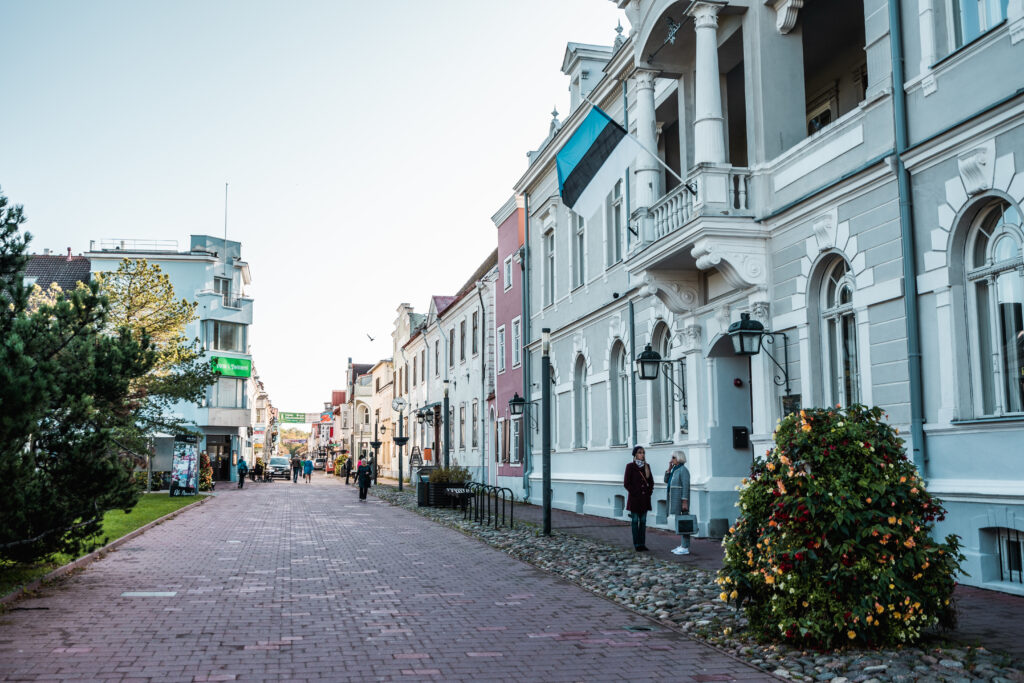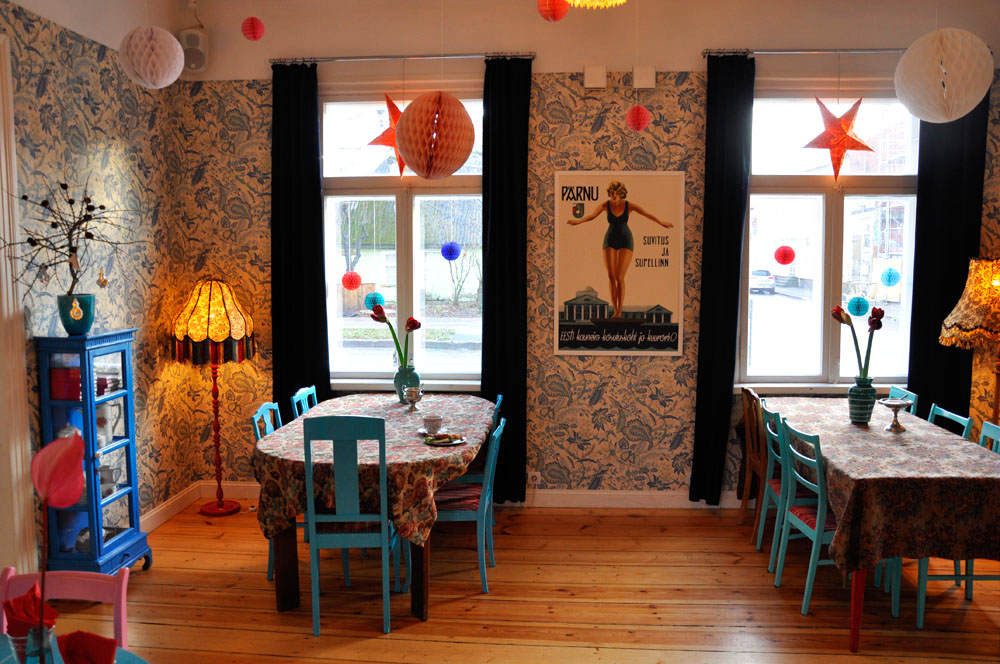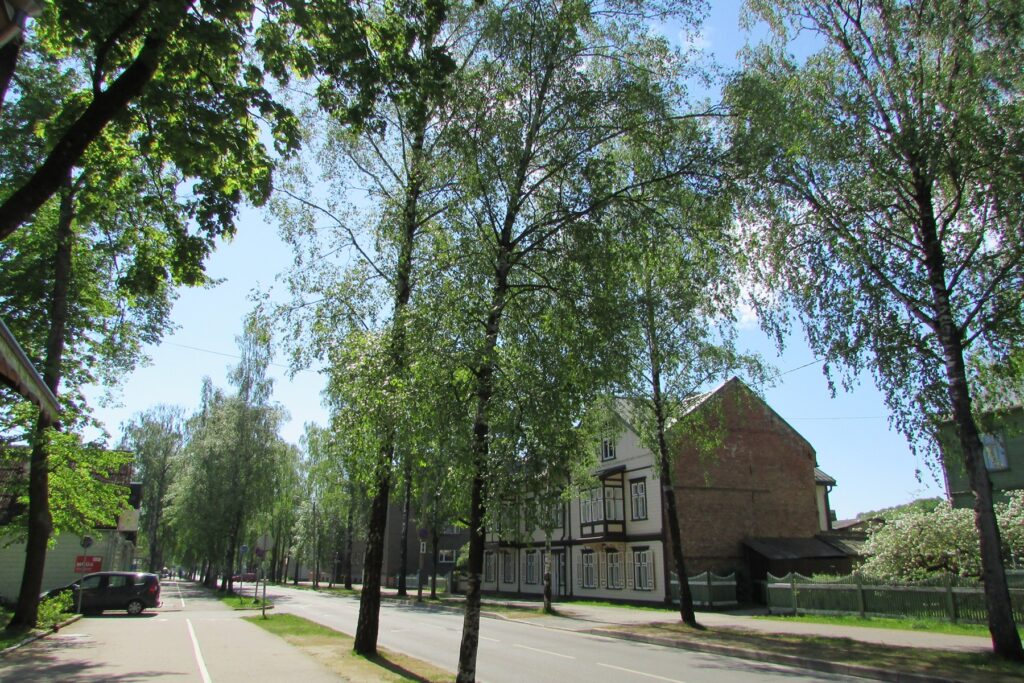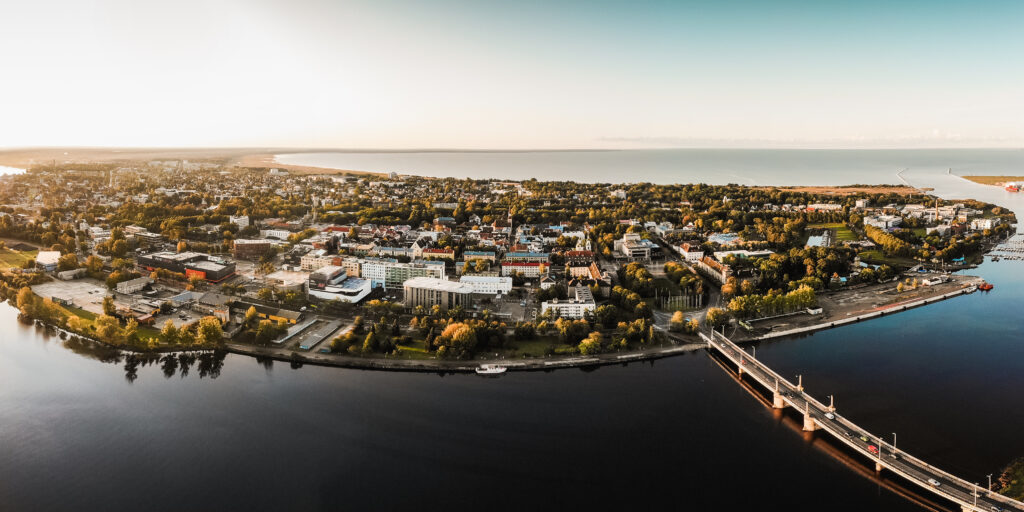The tranquil Estonian town of Pärnu deserves her name as the Cinderella of the Baltic Sea – whether you visit Pärnu for a week or just for the day, it will be a memorable experience, South Africa-based Joubert Odendaal writes.
“Estonia is the current world champion in wife carrying,” the friendly lady told us at the tourism office in Pärnu, Estonia. My wife and I looked at each other in amusement. The lady further explained that this strange competition between European countries, where the husband must carry his wife while conquering an obstacle course, is held annually in Estonia (the competition originates from Finland – editor).
Approximately 200,000 tourists visit Pärnu in the summer – mainly Russians, Finns as well as Swedes and Germans. It is hard to believe Pärnu can get so busy, because the streets were very quiet when we wandered through the midtown in May 2018.
Pärnu is known as the summer capital of Estonia and has around 39,000 permanent residents –approximately 83% are the ethnic Estonians, 12% ethnic Russians and the rest are composed of other ethnic groups. The city’s namesake river snakes through the city before debouching into the Baltic Sea. The business district of the city is on the south bank of the river.
We walked down Rüütli Street, which is famous for an abundance of fashion and jewelry shops, as well as interesting restaurants, street cafés and bars. Although Pärnu was already established in 1251, unfortunately very little of the medieval architecture remains today. Not only did Treniota, the prince of Samogitia, burned down the whole town in 1263, but large parts of the town centre were destroyed during the Second World War.

Luckily, some impressive buildings and structures like the Tallinn Gate, St Catherine’s Church as well as St Elizabeth’s Church, survived this war. Many of the existing buildings were, however, only constructed in the late 1950s, and a few of them had their last layer of paint late in the Brezhnev (Leonid Brezhnev, the premier of the Soviet Union 1964-1982 – editor) era.
Barbara Cartland would have found her café here
The lady at the tourism office suggested a wide choice of top restaurants when we enquired with her, and we agreed on Supelsaksad in Nikolai Street when lunch time draw nearer. This restaurant is accommodated in a 150-year-old wooden house, and the delicious flavours of freshly baked bread and cakes welcomed us as we approached the front door.
The place has the atmosphere of an old-world street café, while the décor is an interesting combination of blue and pink – Barbara Cartland with her signature pink outfit with blue eyeshadow would have been right at home there. The menu had a wide variety of salads, pastas, as well as local meat dishes. I ordered a plaice fillet, my wife lamb stew, which was complimented perfectly by local blackberry wine.

As we walked towards the beach after our delicious lunch, a large and wide parkland appeared on our left side. We came across various spas and a holiday resort a little further on, which all form part of the well-known spa-district.
Historically popular among the Russian intelligentsia
The Pärnu holiday resort came into existence in 1838, with sea water baths in the winter and saunas in summertime. The resort was modernised in 1890, and simultaneously added to the list of Russian imperial resorts. After that, visitors from Moscow and St Petersburg loved to refer to Pärnu as the Cinderella of the Baltic Sea.
We walked past a spa hotel where three men were in deep conversation on the veranda, and in my mind’s eye I saw the Russian intelligentsia discussing Marxism over endless cups of tea. Each spa hotel in that district have its own saunas, swimming pools, a health spa, as well as conference facility. It’s apparently custom for conference attendees to relax in a sauna together after a day’s activities.

In the period between 1940 and 1990, when Estonia was occupied by the Soviet Union, Pärnu was very popular amongst the Russian elite, and it was known to be “the only Western experience within the Soviet Union”. Approximately 300,000 tourists from all over the Soviet Union annually visited this city in the 1980s.
After Estonia restored its independence in 1990, Pärnu regained the status as the summer capital of the country. And a welcome consequence of this was that the marina of the yacht club was the first beach in the former Eastern Europe that was awarded European blue flag-status.
So much of who we are is where we have been
When we reached the beach a while later, a young boy greeted us with “tere!” (“hello” in Estonian); after he went for a swim with his mom. We were surprised by the almost ginger colour of the sea, and the water was surprisingly warm.

After I walked almost 200 metres into the sea, the water only came up to my hips. I closed my eyes; I could feel the soothing wind blowing through my hair from the direction of Saaremaa Island.
At that moment, I suddenly thought about a quote by William Langewiesche (American author and journalist – editor). “So much of who we are is where we have been.”
Cover: An aerial view of Pärnu. Photo by VisitPärnu.com


Amongst classical music lovers, Pärnu is best known for its Music Festival, always held in July, along with its music academy and made internationally famous by its director, the conductor Paavo Järvi. Through his untiring work, he has made this festival a “must attend” event for visitors from around the world. This is the website https://parnumusicfestival.ee/en/home/
Thank you for the information, Zenaida. It will truly be a delight to attend this festival in the future.